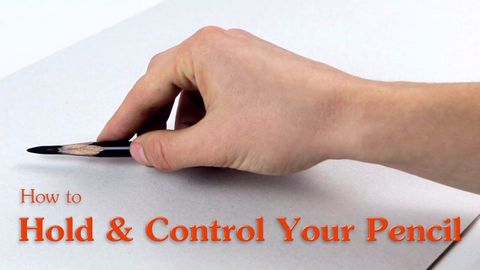鉛筆の持ち方とコントロール方法 (How to Hold and Control Your Pencil)
vulvul が 2021 年 01 月 14 日 に投稿  この条件に一致する単語はありません
この条件に一致する単語はありません- v.t.飲み物などを注ぐ;チップをあげる;密告する;傾ける;傾ける;ちょっと触る
- n.先端;チップ;ヒント;ごみ捨て場;汚れた場所;秘訣
US /ˈprɛʃɚ/
・
UK /'preʃə(r)/
- n. (c./u.)重圧 : プレッシャー;圧力;説得;プレッシャー;圧力 (物理);圧力 (印刷);時間的プレッシャー;政治的圧力;血圧
- v.t.圧力をかける;強く説得する
- v.t.引く;引き込む;引っ張る;引き出す
- n. (c./u.)引きつけるもの;くじで引き当てたもの;引き分け
- v.i.近づく;引き分けになる
- v.t./i.線を引く : 描く
エネルギーを使用
すべての単語を解除
発音・解説・フィルター機能を解除

